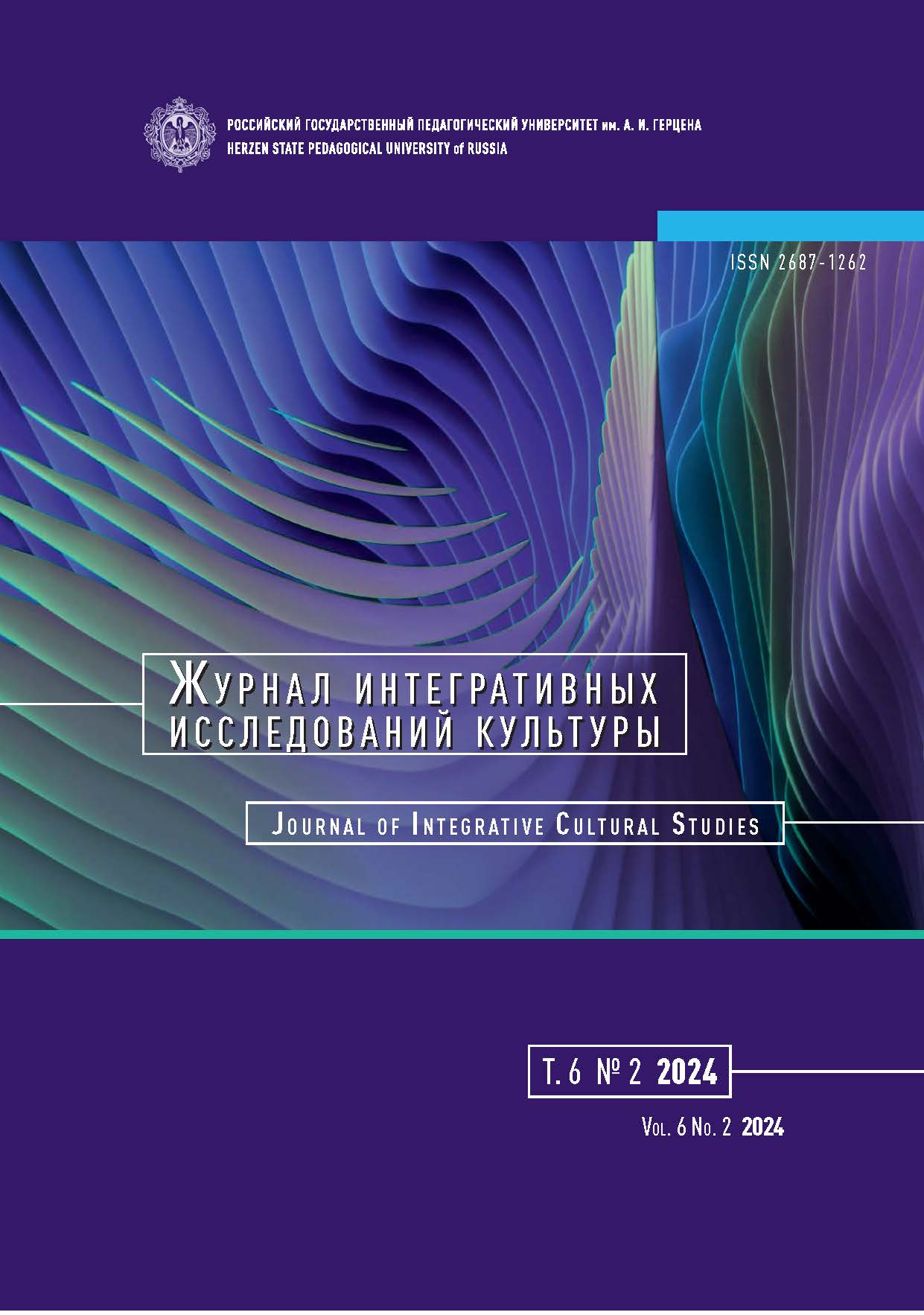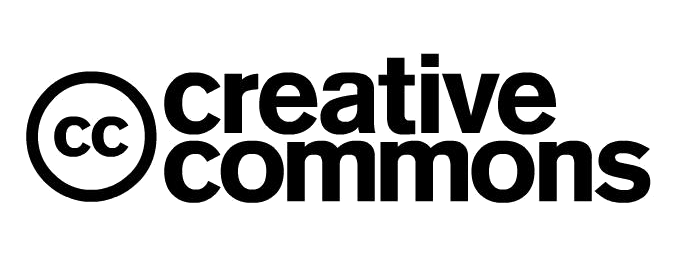Products of Leningrad art industry factories of the 1950–60s on the modern art market
DOI:
https://doi.org/10.33910/2687-1262-2024-6-2-87-94Keywords:
art industry factories, Soviet mass-produced porcelain, Soviet culture of the 1950–60s, art market, everyday cultureAbstract
The study is devoted to the artistic items produced by Leningrad art industry factories of the 1950–60s and the place of such items on the modern art market. The temporal distance increases the interest in the items not only for researchers, but also for museums, private collections and the art market. The art market becomes an important mechanism for updating the relevance of such works for the modern culture. It is important to note that the items in question were integrated into the market from the beginning as a result of the consumer demand of Soviet citizens, who purchased mass-produced porcelain items to decorate their homes or as gifts. Art industry enterprises systematically made adjustments and updated their product range to satisfy consumer needs. Today, the products of the Soviet art industry of the 1950–60s are increasingly viewed as an important part of culture and are becoming the subject of interest for collectors. Some items may have a fairly high price and be purchased for museums and private collections. The change in attitude towards the works of the art industry of the 1950–60s has a direct impact on their place on the art market. The author identifies the factors that directly influence the place of the Leningrad art industry items on the modern art market: first, such items were integrated into the everyday life of the Soviet people; second, they were perceived not so much as objects of art, but as objects that can decorate the interior; third, the items were manufactured industrially; and fourth, they were replicable.
References
ИСТОЧНИКИ
Промышленное искусство. (2024) Российская академия художеств. [Электронный ресурс] URL: https://rah.ru/science/glossary/detail.php?ID=19854 (дата обращения 20.03.2024).
ЛИТЕРАТУРА
Блинова, Е. К., Сапанжа, О. С. (2022) Бытовая классика как феномен ленинградской послевоенной культуры. Международный журнал исследований культуры, № 2 (47), с. 6–17. https://doi.org/10.52173/2079-1100_2022_2_6
Винокуров, С. Е., Будрина, Л. А. (2021) Истоки уральской ювелирной школы в деятельности свердловского завода «Русские самоцветы». Академический вестник УралНИИпроект РААСН, № 3 (50), с. 77–82. https://doi.org/10.25628/UNIIP.2021.50.3.013
Иванова, Е. В. (2020) Произведения Ленинградского завода фарфоровых изделий1950–1960–х годов в контексте истории советского художественного фарфора. Диссертация на соискание степени кандидата искусствоведения. СПб., РГПУ им. А. И. Герцена, 191 с.
Иванова, Е. В., Сапанжа, О. С., Баландина, Н. А. (2021) Искусство — в быт. Интерьерная пластика Ленинградского завода фарфоровых изделий. 1956–1966. М.: БуксМАрт, 192 с.
Лысакова, А. А. (2012) Арт-рынок классический и арт–рынок современный. Известия Уральского федерального университета. Серия 2: Гуманитарные науки, № 1 (99). с. 25–29.
Петрова, Н. С. (2007) Ленинградский фарфоровый завод имени М. В. Ломоносова, 1944–2004. СПб.: Глобал Вью, 895 с.
Сапанжа, О. С. (2023) Произведения предприятий художественной промышленности Ленинграда второй половины ХХ века и их роль в организации жизненной среды (на примере продукции завода «Ленинградский эмальер»). Культура и искусство, № 11, с. 42–57. https://doi.org/10.7256/2454-0625.2023.11.68976
Сапанжа, О. С., Баландина, Н. А. (2019) Поэма А. С. Пушкина и балет Б. В. Асафьева «Бахчисарайский фонтан» в советской фарфоровой пластике. Новое искусствознание. История, теория и философия искусства, № 3, с. 117–125. https://doi.org/10.24411/2658-3437-2019-13017
Северюхин, Д. Я. (2011) Художественный рынок: Как это следует понимать в искусствоведении. Вестник Санкт-Петербургского государственного университета культуры и искусств, № 3 (8), с. 69–73.
Шехтер, Т. Е., Гительман, Л. И., Карпов, А. В. и др. (2004) Художественный рынок: Вопросы теории, истории, методологии. СПб.: Изд-во Санкт-Петербургского гуманитарного университета профсоюзов, 229 с.
SOURCES
Promyshlennoe iskusstvo [Industrial art]. (2024) Rossijskaya akademiya khudozhestv [The Russian Academy of Arts]. [Online]. Available at: https://rah.ru/science/glossary/detail.php?ID=19854 (accessed 20.03.2024). (In Russian)
REFERENCES
Blinova, E. K., Sapanzha, O. S. (2022) Bytovaya klassika kak fenomen leningradskoj poslevoennoj kul’tury [Household classics as a phenomenon of Leningrad culture after the Second World War]. Mezhdunarodnyj zhurnal issledovanij kul’tury — International Journal of Cultural Research, no. 2 (47), pp. 6–17. https://doi.org/10.52173/2079-1100_2022_2_6 (In Russian)
Ivanova, E. V. (2020) Proizvedeniya Leningradskogo zavoda farforovykh izdelij 1950–1960–kh godov v kontekste istorii sovetskogo khudozhestvennogo farfora [Works of the Leningrad Porcelain Factory of the 1950s–1960s in the context of the history of Soviet artistic porcelain]. PhD dissertation (Art). Saint Petersburg, The Herzen State Pedagogical University of Russia, 191 p. (In Russian)
Ivanova, E. V., Sapanzha, O. S., Balandina, N. A. (2021) Iskusstvo — v byt. Inter’ernaya plastika Leningradskogo zavoda farforovykh izdelij. 1956–1966 [Art in everyday life. Interior plastics of the Leningrad porcelain factory. 1956–1966]. Moscow: BuksMArt Publ., 192 p. (In Russian)
Lysakova, A. A. (2012) Art–rynok klassicheskij i art–rynok sovremennyj [Classical and present day art markets]. Izvestiya Ural’skogo federal’nogo universiteta. Seriya 2: Gumanitarnye nauki — Izvestiya. Ural Federal University Journal. Series 2. Humanities and Arts, no. 1 (99), pp. 25–29. (In Russian)
Petrova, N. S. (2007) Leningradskij farforovyj zavod imeni M. V. Lomonosova, 1944–2004 [Leningrad Porcelain Factory named after M. V. Lomonosov, 1944–2004]. Saint Petersburg: Global View Publ., 895 p. (In Russian)
Sapanzha, O. S. (2023) Proizvedeniya predpriyatij khudozhestvennoj promyshlennosti Leningrada vtoroj poloviny XX veka i ikh rol’ v organizatsii zhiznennoj sredy (na primere produktsii zavoda “Leningradskii emal’er”) [The works of Leningrad art industry enterprises of the second half of the twentieth century and their role in organization of the living environment (on the example of the products of the Leningrad Enamel plant)]. Kul’tura i iskusstvo — Culture and Art, no. 11, pp. 42–57. https://doi.org/10.7256/2454-0625.2023.11.68976 (In Russian)
Sapanzha, O. S., Balandina, N. A. (2019) Poema A. S. Pushkina i balet B. V. Asaf’eva “Bakhchisarajskij fontan” v sovetskoj farforovoj plastike [Poem “The Fountain of Bakhchisaray” by A. S. Pushkin and ballet “The Fountain of Bakhchisaray” by B. V. Asafyev in Soviet porcelain sculpture]. Novoe iskusstvoznanie. Istoriya, teoriya i filosofiya iskusstva — New Art Studies. History, Theory and Philosophy of Art Scientific Journal, no. 3, pp. 117–125. https://doi.org/10.24411/2658-3437-2019-13017 (In Russian)
Severyukhin, D. Ya. (2011) Khudozhestvennyj rynok: Kak eto sleduet ponimat’ v iskusstvovedenii [Art market: How it should be understood in art history]. Vestnik Sankt–Peterburgskogo gosudarstvennogo universiteta kul’tury i iskusstv, no. 3 (8), pp. 69–73. (In Russian)
Shekhter, T. E., Gitelman, L. I., Karpov, A. V. et al. (2004) Khudozhestvennyj rynok: Voprosy teorii, istorii, metodologii [Art market: Questions of theory, history, methodology]. Saint Petersburg: Saint Petersburg University of the Humanities and Social Sciences Publ., 229 p. (In Russian)
Vinokurov, S. E., Budrina, L. A. (2021) Istoki ural’skoj yuvelirnoj shkoly v deyatel’nosti sverdlovskogo zavoda “Russkie samotsvety” [The origins of the Ural jewelry school in the activities of the Sverdlovsk factory “Russkiye Samotsvety”] Akademicheskij vestnik UralNIIproekt RAASN, no. 3 (50), pp. 77–82. https://doi.org/10.25628/UNIIP.2021.50.3.013 (In Russian)
Downloads
Published
Issue
Section
License
Copyright (c) 2024 Kseniya S. Podolskaya

This work is licensed under a Creative Commons Attribution-NonCommercial 4.0 International License.
The work is provided under the terms of the Public Offer and of Creative Commons public license Creative Commons Attribution 4.0 International (CC BY 4.0).
This license permits an unlimited number of users to copy and redistribute the material in any medium or format, and to remix, transform, and build upon the material for any purpose, including commercial use.
This license retains copyright for the authors but allows others to freely distribute, use, and adapt the work, on the mandatory condition that appropriate credit is given. Users must provide a correct link to the original publication in our journal, cite the authors' names, and indicate if any changes were made.
Copyright remains with the authors. The CC BY 4.0 license does not transfer rights to third parties but rather grants users prior permission for use, provided the attribution condition is met. Any use of the work will be governed by the terms of this license.







